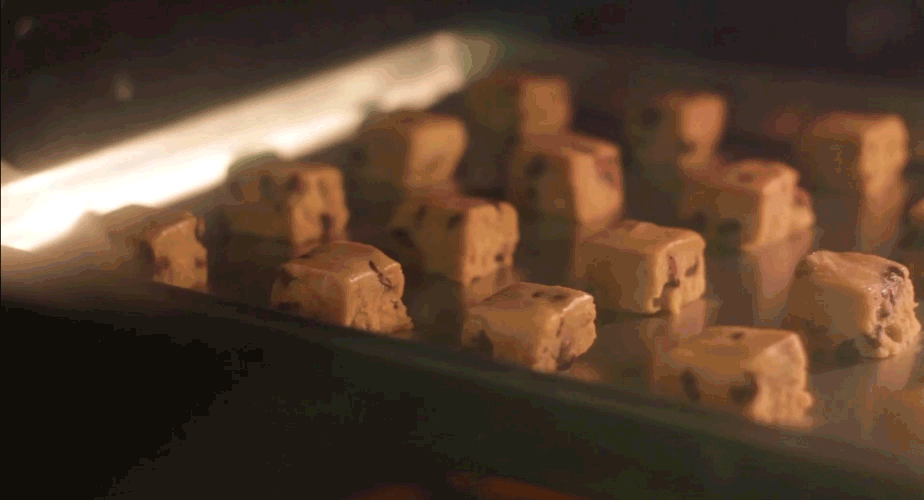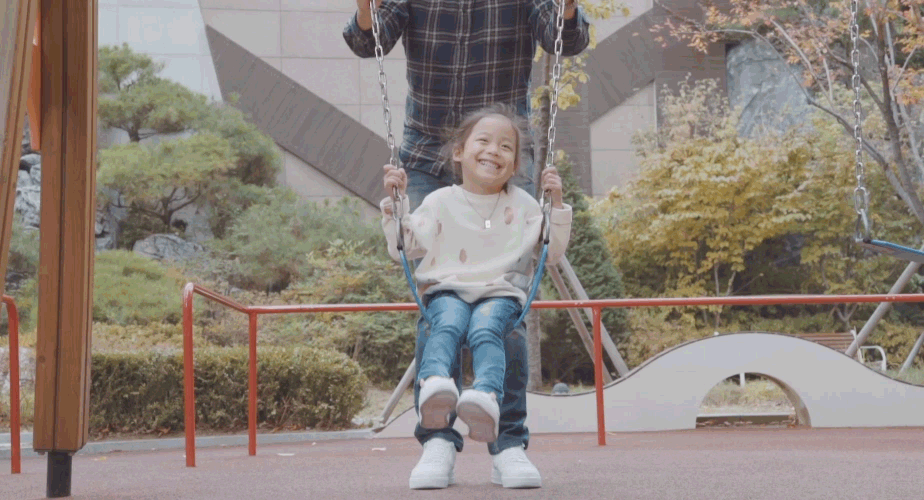
“Photography is truth. The cinema is truth twenty-four times per second.” Jean-Luc Godard’s statement perfectly sums up the relationship between photography and videography. While most of the time they are perceived as completely separate disciplines that simply share a common tool, in reality they are just two sides of the same coin.
Over the last few years, the number of artists who choose to merge video and static image in their work has increased exponentially. This is tightly related to the rapidly improving and affordable technology, but also from a desire to know and do more. Learning a new discipline can do wonders for your work, and will also help you to expand the reach of your photography website. Because we know the first step is always the hardest, we have selected the most important video shooting basics for photographers that will help you get started on this new adventure.
Follow the rules
Let’s start with what you already know: photography composition rules. Most of them actually apply to video as well, which means you are already starting this adventure with some knowledge on video shooting basics. The rule of thirds, straight horizons, and uncluttered backgrounds will help you create beautiful video compositions.
The main difference between photography and videography when it comes to composition is the margin of error. When shooting simple frames, it’s easy to fix little mistakes by rotating or cropping the image. However, video demands that all these elements are properly done on camera.
Think in sequences
As Henri Cartier-Bresson said, “Of all the means of expression, photography is the only one that fixes a precise moment in time.” One of the main challenges for photographers who start shooting video is changing the way they understand time. It is no longer about capturing that one moment that will never come back, but about telling a story over time. To make things a bit more difficult, time actually passes in two different ways: within your camera and outside of it.
Before you start shooting a video, you will need to have a clear idea of how these two timelines will interact. Which fractions of the real-life time will be recorded? And how much of the video will be dedicated to each of these fractions? How long will it take to shoot all the footage that you need? Answering all of these questions is a must to achieve stunning results. Focus on capturing meaningful and visually interesting clips that can be blended together to compose a beautiful story.

Understand the motion
One of the most straight-forward video shooting basics for photographers is that this format is nothing more than a collection of multiple exposures per second. The number of exposures per second is known as Frames Per Second (fps) and determines the fluidity of the footage – the higher the number, the smoother the movement will appear. The most common frame rates are 24, 30 and 60, but standard numbers vary across geographical locations.
24fps is the slowest frame rate at which movement still looks real. Shooting at this rate will give your video a more cinematic look, as it mimics the frame rate of motion picture films. Just slightly above, at 30fps, videos show more details and appear more realistic. This is the general standard for TV footage. At the higher end, 60fps achieves results that are most similar to human vision and allow for slow motion. Because of these capabilities, it is usually used for sport videos.
Keep it manual
Unlike in photography, were automatic modes make your life much simpler, the best way to create videos with little to no experience is by only using manual mode. The reason behind this is that any small exposure changes during the clip will be clearly visible. Select all of your settings before you start recording, and simply let the action take place.
Yes, this includes the focus. If you’re using a DSLR or mirrorless camera, its large sensor will offer a cinematic depth of field. You can enrich this feeling by letting subjects go in and out of focus. In return, this practice will help you create better footage as your video skills develop.

Balance your speed
Just like in photography, shutter speed determines the amount of movement captured in each frame. However, when shooting video this value is determined by the frame rate and can’t be used to manage the amount of light that enters the camera. Using a shutter speed that is too fast will result in choppy motion, while going too slow will just be seen as a blur.
The general rule is that your shutter speed should double your frame rate. For the most common rates, this results in 1/48 for 24fps, 1/60 for 30fps, and 1/120 for 60fps. Since most cameras don’t allow some of these speeds, you can simply round the result to the nearest number available.
Control the light
While aperture and ISO have the same functions on both photography and videography, not being able to use shutter speed to balance the light will likely result in overexposed scenes. Luckily, the solution to this issue might already be in your bag. Neutral density filters are one of the most important camera accessories for both disciplines, and will allow you to easily compensate for the excess amount of light in your video.
On the other hand, your photography flash will be of no use when you need to bring more light into your scene. You will need constant lighting that illuminates your subject at all times. Unless you have assistants or can somehow keep all the area lighted, you should refrain from shooting moving subjects in badly lit locations.
Master all the basics
Learning a new skill is always exciting, and you might feel like jumping into all kinds of fancy equipment and camera movements right away. Unfortunately, it will take some time and a lot of practice to get to the point where you can get good results with advanced gear and techniques. From mastering smooth movements to understanding the motivation behind them, there’s so much to start with.
You should start by focusing your attention on the movement that happens within the frame. Leave the camera completely untouched at first, and introduce camera motions as you get more comfortable. For better results, you’ll need to use a video tripod, as they allow for greater control than their photography counterparts.

Mind the sound
Ever wondered what the deal is with all the sound categories at the Oscars? You’ll definitely understand why there are so many once you start shooting video. As a brand new element for photographers, audio is worth a guide of its own. But since we’re only trying to get an overall view of the video shooting basics for photographers, here are three fundamental things you should keep in mind:
Built-in camera microphones are just not good enough, invest in buying an external audio recorder.
If you use external devices, start the video with a clap so you can sync it properly afterward.
Put the microphone as close as possible to the sound source.
Don’t sacrifice audio quality for a nice visual. No-one wants to watch a beautiful video with terrible sound.
Find your software
There isn’t a one size fits all solution when it comes to post-production. The best video editing software will depend on each individual’s needs, skill level, and workflow. When it comes to finding the one that works for you, start by doing some research about the available options and their features. Most of them offer free trial periods, which allow you to give some of them a try before you decide on one.
Keep on shooting
This is a key part of the video shooting basics for photographers. However, it could also be listed under “learning basics for literally anyone”. Practice makes perfect is a saying that is applicable to any new skill or technique you want to master. Now that you’ve got the basics, it’s time to take your camera and start exploring the world of motion media and grow your videographer portfolio.
Ready to put your knowledge into action? Share your new skill with the world on your photography website!